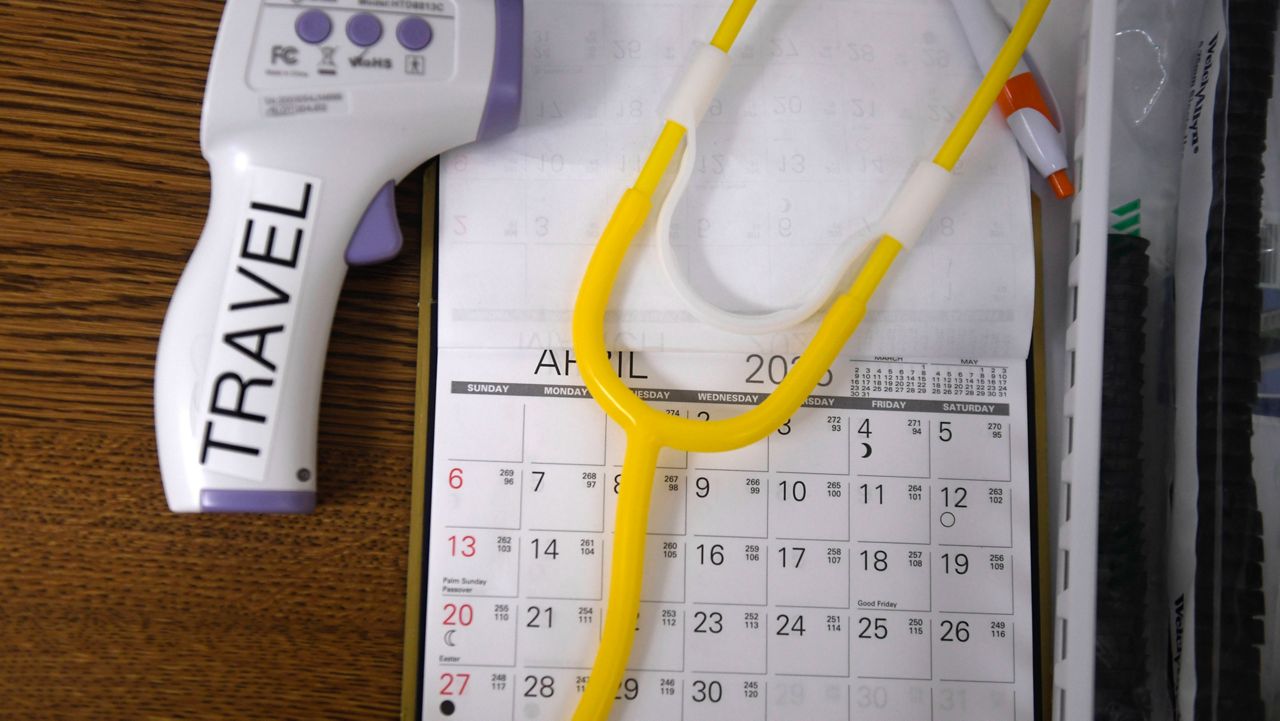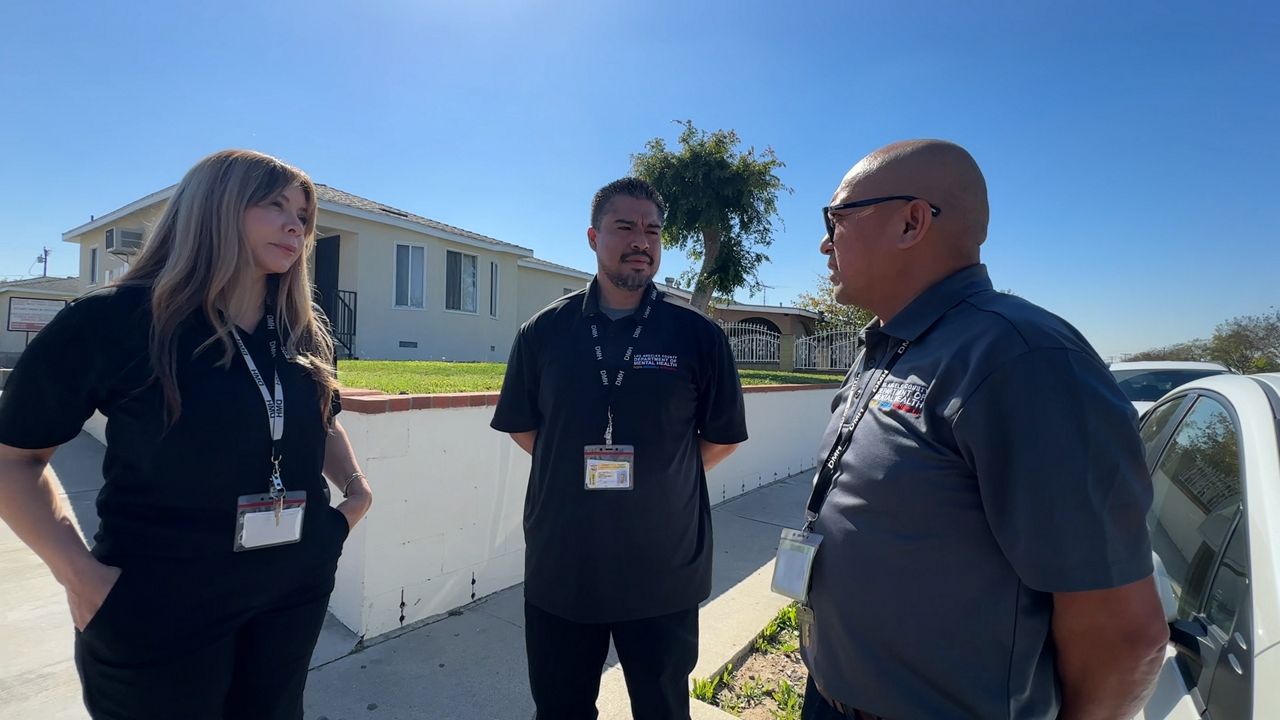EDITOR'S NOTE: This story has been updated to include that the LA County Development Authority has received federal funds from the U.S. Department of Housing and Urban Development to expand a program that helps remove chipping and peeling lead-paint from homes in low-income areas.
HUNTINGTON PARK, Calif. — For the past 26 years, Norma Ayala has lived in her Huntington Park home. She raised her children there and now she and her husband, Frank, are raising their grandson. Her home was built in 1924 and she had no idea that lead-based paint coated the inside and outside of her home.
“As soon as we found out there were high levels of lead, we were like, ‘Uh oh, OK, now what do we do?’ Which was a big concern,” she said. “It’s scary.”
The federal government banned lead-based paint in 1978 but more than 1.5 million homes in Los Angeles County still have traces of it, according to the public health department. Even small amounts of lead exposure can lead to serious health conditions, especially for children and pregnant women.
Ayala said she learned about the dangers after LA County workers knocked on her door during an outreach effort, part of the county’s Lead Free Homes LA Program that removes chipping and peeling lead-paint from homes in low-income areas.
In September, the Los Angeles County Development Authority received $5.7 million in federal funds from the U.S. Department of Housing and Urban Development to expand this program, which will include multi-family properties.
Ayala said she qualified for the program right away because of how much lead was found in her home after testing.
“It was bad enough for them to go ahead and have it done and because I had a child living here, so which made it more serious,” she said.
Young children are especially at risk because they might eat or lick paint that may chip off the walls or inhale paint dust with lead, according to Dr. Cyrus Rangan, director of the LA County Public Health’s Bureau of Toxicology and Environmental Assessment.
“Developmental delays that include behavioral problems and learning problems, decreased appetite. These are the kinds of things you may observe in a child that has mild lead poisoning,” Rangan said.
He also warns that lead paint chips can be found in soil, especially if they come off the outside of a home. Rangan said a blood test can detect any lead poisoning, but washing hands and taking off or wiping your shoes at the door can help prevent poisoning.
“When you clean your home, that you are simply not doing dry sweeping and dry vacuuming but in fact, doing wet wiping and wet mopping because those are the kinds of things that will make sure that we collect lead dust that might be on the floor,” he said.
Ayala said she breathes a sigh of relief now that all the lead is gone, especially for her grandson. She even took a class to learn more about the dangers of lead poisoning.
“I did get my certification to help educate me on how to remove lead from my own home and how to dispose of it and what things have lead,” she said.











